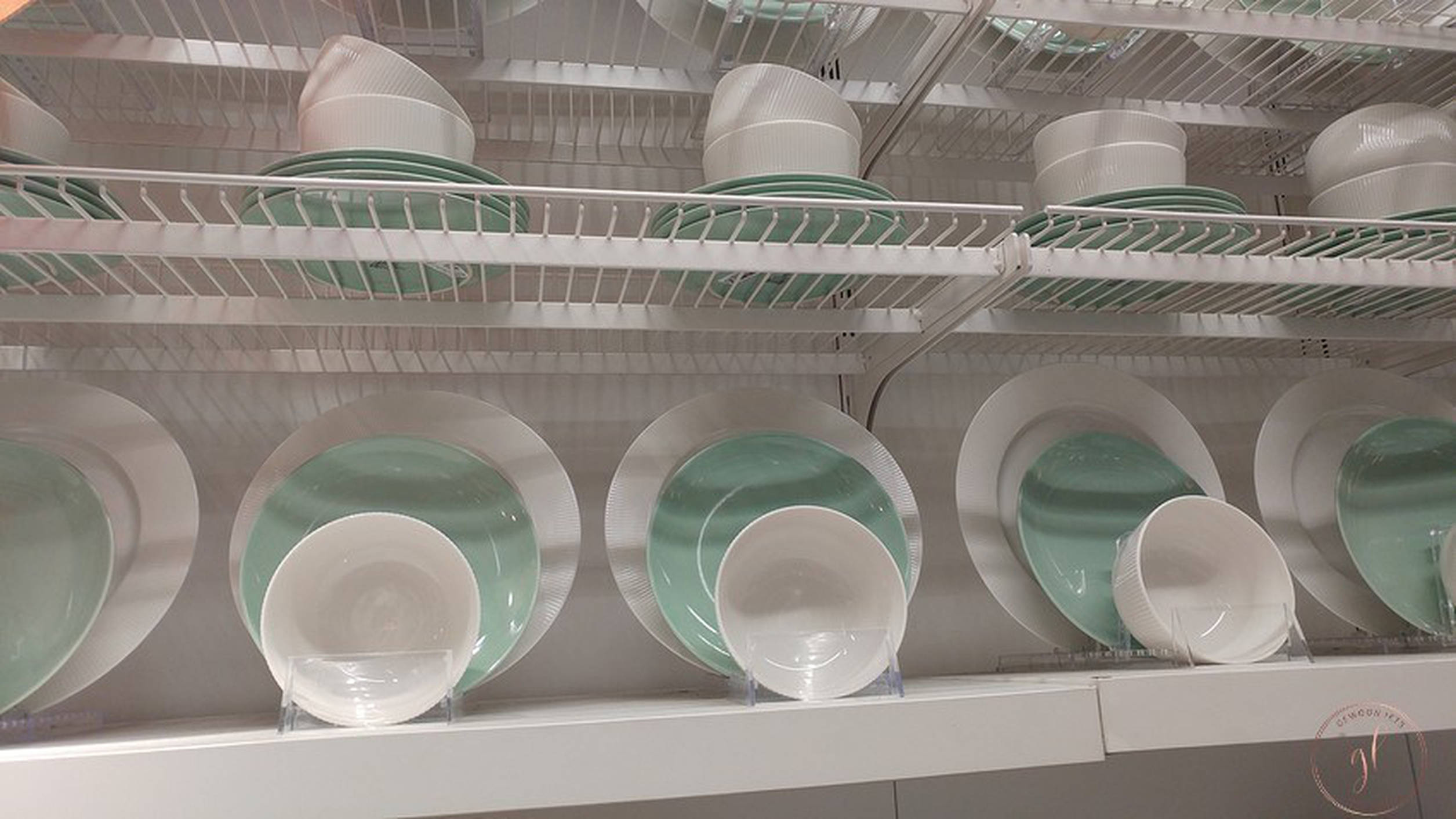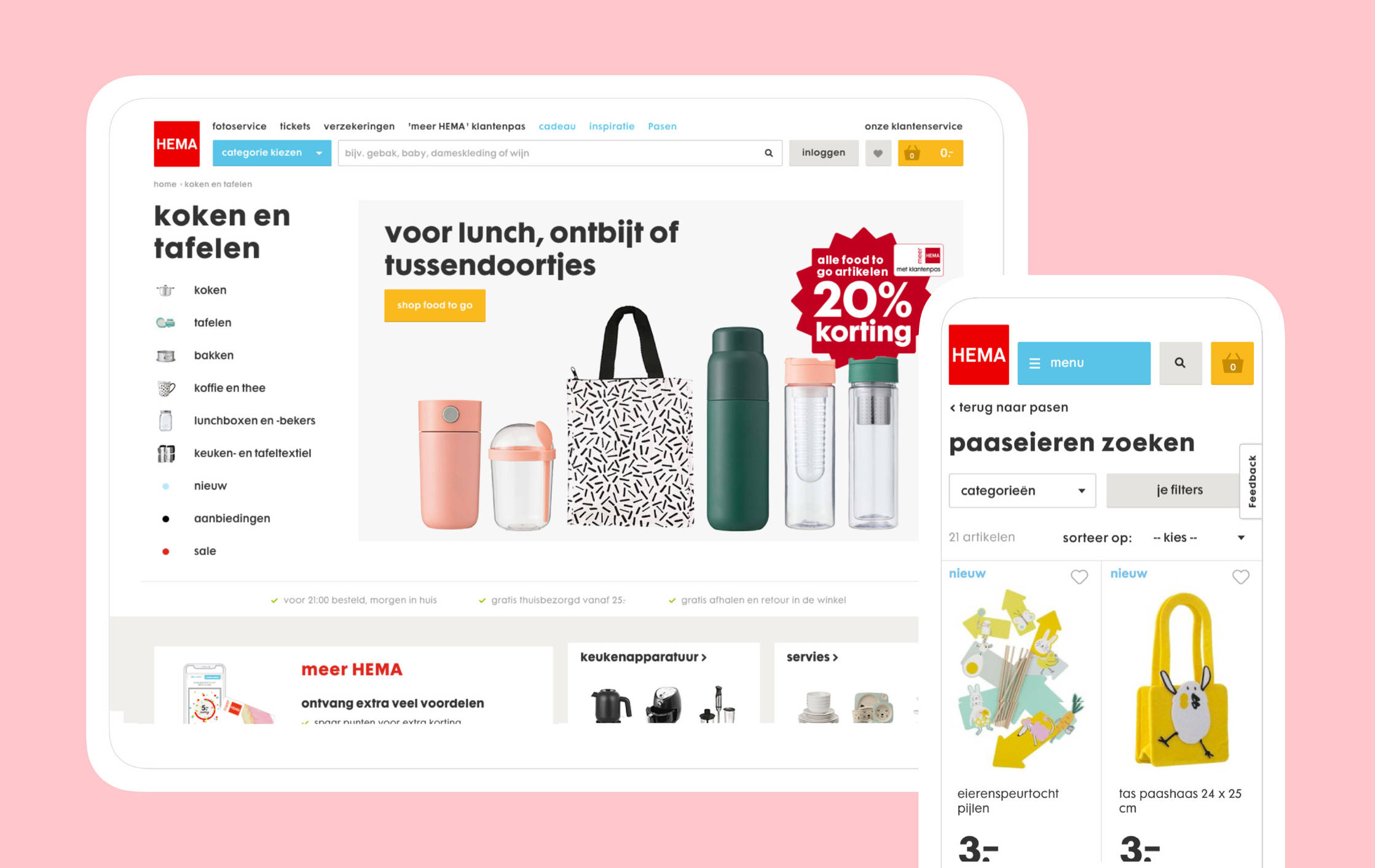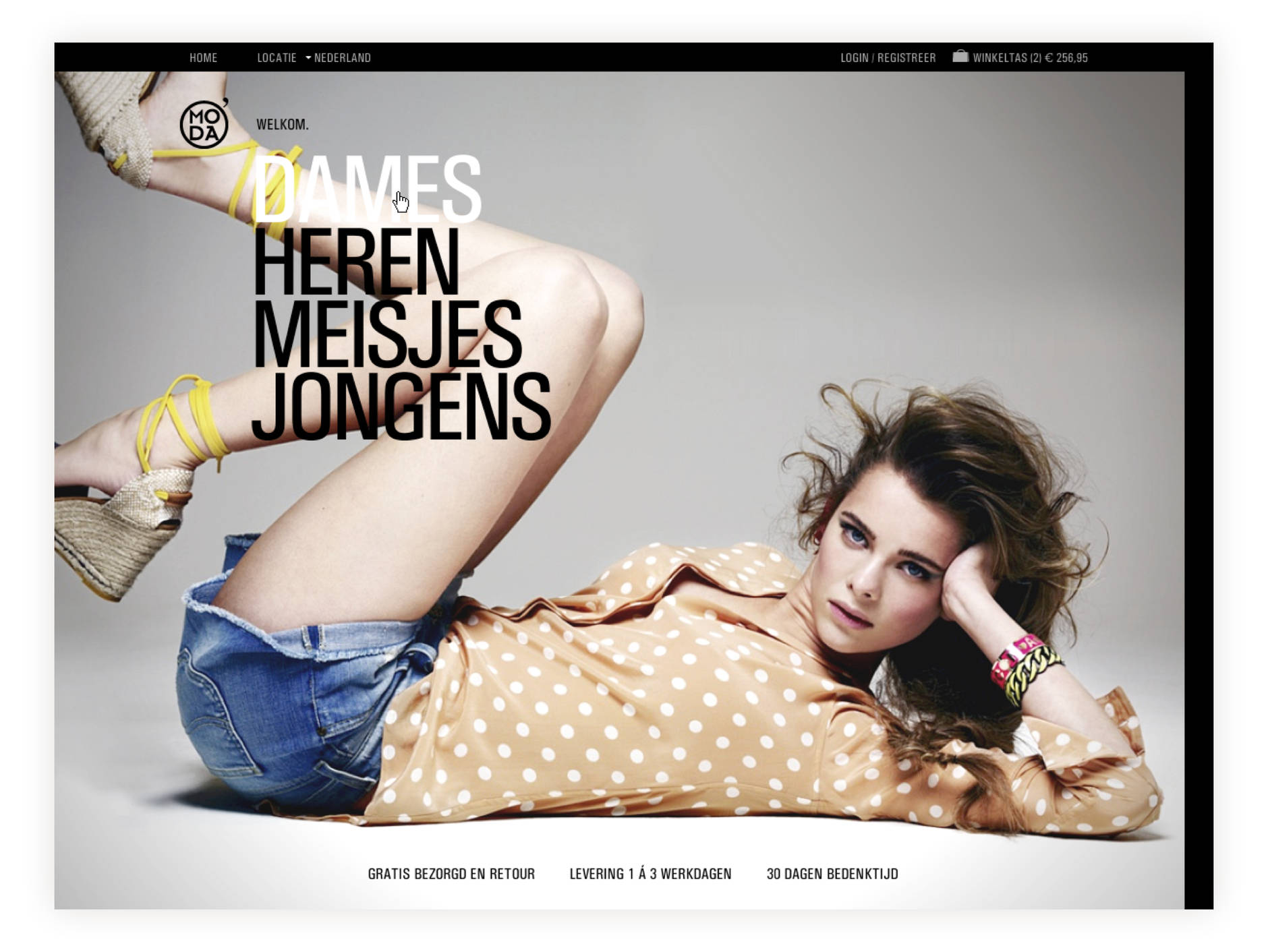Get the most out of your brand with e-commerce design
In the world of E-commerce it is of vital importance that your brand stands out among the rest. That’s why more and more companies are investing in their design capacity. Five leading Dutch e-commerce companies give an insight into how they deal with in-house brand development and design.

How do leading Dutch companies deal with in-house branding and e-commerce design? To find out, I asked our clients Hema, ING, IKEA, Rabobank and Omoda to share their insights. Fabrique provides these companies with various services, from e-commerce platform design to the development of a global design system. I asked them the following three questions:
- How do you make yourself stand out online?
- What does that mean for your design?
- What do you outsource and what do you do yourself?
1. How do you make yourself stand out online?
When webshops were first developed ten years ago, the world was our oyster. Nobody knew exactly what to do, so everybody did something different. In fashion, for example, there were sites with large images; beautiful photography that the companies invested in heavily. Or an island that you could scroll through. You don’t see that kind of thing anymore. Nowadays you mainly see neat webshops with a lot of white and a clean brand box at the top. The current Dutch e-commerce landscape is becoming a bit samey. The question is how you can make your brand stand out online. I interviewed five of Fabrique’s clients. Their answers fit well with our company vision on branding in e-commerce: a magical mix of products, services, communication and appearance.
Tom Prakke, Global Expert Lead Brand Experience for multinational banking and financial services corporation ING: "You see is that it is the interaction we have with our customers that mainly defines our brand. Within ING, the brand is so ingrained that we are really able to influence that. It goes beyond just the functional side and completing the tasks as quickly as possible. We also want people to have a smile on their faces when they use our banking app, for example."
Sander Viegers, Head of Design for multinational banking and financial services company Rabobank: “Rabobank’s mission is very clear: helping Dutch people improve their financial health. Functionally, everything is aimed at that. When it comes to form, it is important to look at what makes Rabobank recognisable in the app. We are constantly researching how to be a modern and recognisable app."
Gertie Bin, Marketing and E-commerce Manager for shoe and accessory retailer Omoda: "Most of the time, of course, the thing we try to distinguish ourselves with is our collection. The range of products that we're offering. And how we communicate this range to the customer: through inspiration, through content, through blogs, social media, emails."
Nina Balvert, Country Digital Manager for furniture and home accessories retailer IKEA Group: "We try very hard to find a balance between offering people efficiency and getting them through the funnel quickly on the one hand, and inspiring people to go to the brick-and-mortar store on the other. What is right for online retailing and what is right for our brand? That's a daily challenge."
Stephan ten Kate, Senior Product Owner for variety store-chain Hema: "During the online redesign that we did three years ago, we looked at our core identity. For Hema, it is very clear that the product is the 'hero'. And of course Hema also has its own style. Customers should be able to see that in the website. What I personally liked is that during the redesign process we tested the site with potential customers and left out the Hema logo. Asking what brand they thought of when they saw the site. Well, that taught us that Hema has a certain look, which gives customers a different feeling about what they are interacting with."

2. How do you deal with design in your organisation?
Once you know what you want as a brand, the next question is how you want to express it. In other words: how do you deal with design in your organisation? This is what the interviewees said with regard to their organisation:
Sander Viegers, Head of Design Rabobank: "The power of design is making things visual, showing them. In fact, you need to visualize the customer experience as you see it in the future. In prototypes. And make sure you get people to use it. Show what people's reaction is to what you've made. Then it comes to life. That's so powerful, you just can't argue against it."
Nina Balvert, Country Digital Manager IKEA Group: "I think many people don't realize what is actually behind a design."
Gertie Bin, Marketing and E-commerce Manager Omoda: “We retrained our graphic designer to be a UX designer. You can just see he's trying very hard to hold on to that whole brand experience in all the UX designs he creates. He really takes into account where we want to go with Omoda, what we stand for and the kind of appearance we have always had."

Stephan ten Kate, Senior Product Owner Hema: "You might say that every website looks and works the same, but today's customers are very demanding. Behind the scenes, you need to fine-tune many exceptions and independent settings to make it look as easy as possible from the front. If you do it wrong, it gets very complicated."
Tom Prakke, Global Expert Lead Brand Experience ING: "Over the past few years, we have been working hard to gather everything under one brand. ING is much more than just the ING bank as it is known in the Netherlands. But that's more the classic brand idea about brand architecture and how to go from a house of brands to a branded house. In terms of user experience, we at ING have many different mobile apps around the world that we are gradually trying to harmonise. And so, at the level of user experience patterns, you can see that we want to make agreements about what the applicable pattern is. ING's design system is called Orange Juice. It is the single source of truth for all ING designers worldwide. Designers and engineers need the same information, because we all work together on user experience. We haven't finished that transformation yet, so we'll continue to need some help."
3. What do you outsource and what do you do yourself?
Then the question of what a company outsources and what it chooses to do in-house. For me, that’s basically the key question. Our clients say the following:
Stephan ten Kate, Senior Product Owner Hema: "I don't really know if there is a best practice in this area. I think we are all still in the discovering phase. We all want to be in control of all the experiments and tests ourselves, to be a learning organisation and to experience things. Taken together, all those separate AB-tests may lead to conversion improvements, but there is no impressive end result. In fact, we often miss the connection to how our brand is developing, apart from online. An agency can play a major role in that area. What do you do in-house and what do you outsource? I haven't figured it out yet, either."
Sander Viegers, Head of Design Rabobank: "There's certainly no rule of thumb for that. We approached Fabrique to create a vision of an app that we could work towards. And I think that really helped to get us to look beyond our old ways. To create a new perspective."
Gertie Bin, Marketing and E-commerce Manager Omoda: "At some point you find yourself in a tunnel and you can’t seem to find your own way out. It’s the same as when you can’t look at yourself as a blank page anymore. I think that when it comes to vision or mission - questions like what do you actually stand for - that we could certainly use external help again."
Nina Balvert, Country Digital Manager IKEA Group: "We don't have any in-house designers for this kind of thing. Our main office really provides just the basics. The navigation, the products, the product pages and so on. But when looking to the future and finding ways to distinguish ourselves we use Fabrique. We will always continue to use agencies for stand-alone and more marketing driven campaigns."
Tom Prakke, Global Expert Lead Brand Experience ING: "The insourcing and outsourcing of certain areas of expertise will always fluctuate. That’s definitely true for us, too. We are currently clearly in a build-up phase for UX expertise. Worldwide we have more than 250 UX designers, who design our digital channels. It also means that we need a partner who - when it comes to the way UX designers work - supports us in creating a strategic image to make their work easier."
Gertie Bin, Marketing and E-commerce Manager Omoda: "What we do is just look at where optimization is needed and make it better from there. The basis we have now is good, so we are just going on from there. We are making improvements page by page. But when it comes to a complete redesign of the entire webshop, I think you can't do it all by yourself. That's just an awful lot of work. But I don't know if we'd do it that way again. I don't really think so."
Insourcing versus outsourcing
When I look at some of our customers and order them from large to small, I see the following: small brands don't take care of their own design. They don't have anyone on the payroll for that. Depending on their cultural make-up, they might have a builder build something or they might go to an external company because they want something to be designed. Medium-sized brands are increasingly choosing to tackle everything themselves. Even in the field of visual identity, where almost everyone still chooses to outsource, they choose to have it done in-house.
From a certain size, when there is more budget and scale, brands start outsourcing more. Also here you can see the first in-house teams getting up to speed. Brands such as Hema, Rijksmuseum and the Dutch Lottery also believe in the difference in quality of such external expertise. Then, of course, there are the large, international companies that do almost everything themselves but outsource specialist jobs, such as ING and Rabobank. Of course, there are exceptions, such as IKEA which is currently really choosing to outsource. As far as I am concerned this is the exception that confirms the rule.
A few tips:
- If you work for an organisation that is not yet doing its own CRO and optimisation, then I say: start, yesterday. Both Rabobank and ING say that UX has to be taken care of down to the last detail. They simply consider this to be their responsibility towards their customers.
- Let your own designers work with the external team when you outsource something. Take advantage of the capacity and the rub-off of these disciplines.
- And if you're in a group that does a lot, or everything, itself, don't forget to use an agency once in a while for that fresh look. Occasionally a strategic or conceptual view from the outside does help.
Future of e-commerce
And then the future: as mentioned before, the current e-commerce landscape is becoming a bit samey. But I wonder if it will stay that way. Or as Hema’s Stephan ten Kate says: "I think there will be a new drive soon to thoroughly improve the current status quo user experience. Which may well lead to change when it comes to e-commerce sites in general. I think there will be a next step."
Music to my ears. I think he's got a point.